Here's How Google Pixel 4 Is The Pricier Phone Than The iPhone 11
Dhir Acharya - Oct 23, 2019
![]()
Normally, iPhones are the priciest devices on the market, but with the launch of Google Pixel 4, that has changed. How so?
- Best Gaming Phones 2025: Top Devices for Mobile Gaming
- Google Offers Voluntary Buyouts to US Employees Amid AI Push
- Google SynthID: Everything You Need to Know About AI Content Detection
A week ago, Google announced the Pixel 4 flagship smartphone, featuring facial recognition software, a radar processor for motion controls, and high-end camera setup. Regarding pricing, the 5.7-inch Pixel 4 is priced at $799 while the 6.3-inch Pixel 4 XL is priced at $899.
Launching this phone lineup is a big move for Google, who has built a reputation for its device ecosystem that’s accessible and priced reasonably. Moreover, the company owns Android, a globally loved operating system for smartphones. Currently, for every ten Android phones, one runs on Android.
![]()
In the smartphone market, it’s mostly about the competition between Android and iOS devices, with the iPhone usually criticized for being overpriced. However, it looks like the table has turned as the cheapest Pixel 4 device has a higher price than the cheapest iPhone 11 model.
Announced in early September, the standard iPhone 11 version costs $699, a hundred dollars lower than the standard version of the Pixel 4 lineup. The launch of the newest iPhones even drives down the price of the iPhone XR, which now costs only $599.

The debate on phone pricing as the overall market is raising prices for phones. According to Google CFO Ruth Porat in an earnings call earlier this year, there has been a decrease in Pixel sales due to “recent pressures in the premium smartphone market.” Samsung and Apple have witnessed the slowdown in their smartphone sales over the past year, and part of the reason is that consumers are no longer willing to pay over $1,000 for a phone.
These manufacturers are facing a side effect of their own success: their premium smartphones are made so well that users are keeping them around for longer, and it’s now harder to convince consumers that they need to upgrade to a new phone every single year.
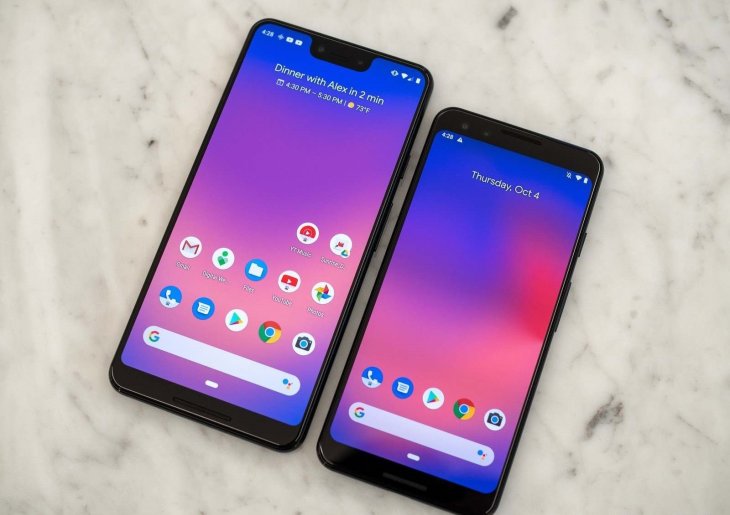
Google, however, seems to stay out of this game. While Apple, Samsung, and Huawei are the biggest phone makers on the planet, Google doesn’t even make it to the top five. According to Technalysis Research’s analyst Bob O’Donnell:

The analyst previously predicted the Pixel 4 to cost $699, which apparently turns out wrong.
Google has always been loud about how it gives more people access to technology. It also defends its advertising business by saying that helps it keep its services free. In May, the company’s CEO himself implied that “Privacy Should Not Be a Luxury Good,” aiming at how high Apple prices the iPhone with the biggest selling point falling in privacy protection.
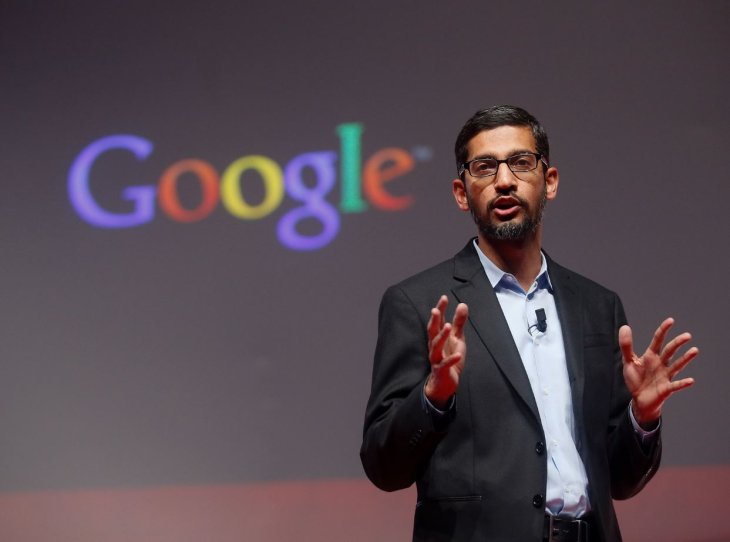
This time, though, it appears that Apple is the one to give us a break on the price rather than Google. The standard iPhone 11 is $50 cheaper than last year’s iPhone XR. The difference with this year’s lineup is that Apple emphasized the standard version as the key device to buy while the other two versions as more luxury items.
Regardless of how you call this, it can’t be denied that Apple has been well aware that consumer’s budget for a smartphone cannot stretch any further.
On the other hand, Google doesn’t take the same approach, pricing its new smartphones equally to the Pixel 3 lineup. One thing to remember, however, is that Google gives both the Pixel 4 phones the same new features while Apple keeps some of the best features for the higher-end iPhone 11 Pro and 11 Pro Max.
Still, the 128GB Pixel 4 XL is sold at $999, $50 more expensive than Samsung Galaxy Note 10, which offers twice as large storage.
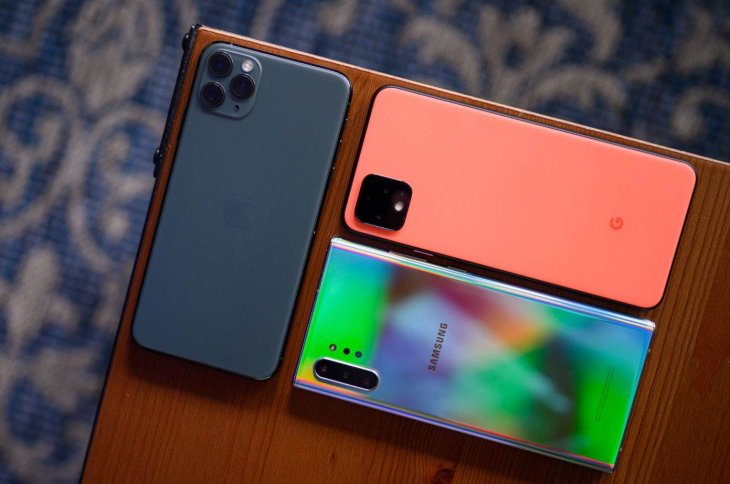
Earlier in May, Google launched a cheaper offering called the Pixel 3a, but the phone doesn’t belong to the newest lineup. And it lies in the midrange segment lacking more premium features. Anyway, the Pixel 3a helped pushed Pixel sales, according to Google in July.
The search giant didn’t always launch its own premium smartphones. Before overhauling its hardware operation three years ago, Google ran Nexus, a program in which it partnered with other companies to help them make both high-end and budget phones. For example, LG and HTC worked with Google to roll out phones with a “stock” Android version that was bloatware-free.
Three years ago, Google killed the program when it released the first Pixel smartphone, the first truly made-by-Google phone.
Featured Stories

Mobile - Oct 23, 2025
How Casual Games Are Winning the Mobile Attention War
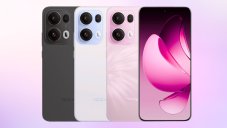
Mobile - Jul 03, 2025
OPPO Reno 14 Series Hits India: Launch Date, Cameras, and Specs

Mobile - Jun 12, 2025
Best Gaming Phones 2025: Top Devices for Mobile Gaming
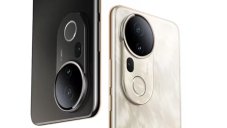
Mobile - Jun 12, 2025
Vivo T4 Ultra Debuts with MediaTek Dimensity 9300+ Chipset

Mobile - Jun 08, 2025
Realme GT 7T Review: Power Meets Endurance in Controversial Style

Mobile - Jun 08, 2025
Motorola Edge 60 Set to Debut in India This June

Mobile - Jun 07, 2025
Realme C73 5G Launches in India: Budget 5G Phone Starts at ₹10,499

Gadgets - Jun 07, 2025
OnePlus 13s Makes Indian Debut: Compact Flagship Brings Premium Features at...

Mobile - Jun 04, 2025
Samsung Galaxy Z Fold 7 Ultra: The Next Chapter of Premium Foldables

Mobile - Jun 02, 2025
Comments
Sort by Newest | Popular